10 Best Adventures of 1949
By:
August 17, 2019
Seventy years ago, the following 10 adventures — selected from my Best Forties (1944–1953) Adventure list — were first serialized or published in book form. They’re my favorite adventures published that year.
Please let me know if I’ve missed any adventures from this year that you particularly admire. Enjoy!
- George Orwell’s Golden Age sci-fi adventure Nineteen Eighty-Four. Winston Smith, a low-ranking functionary at the Ministry of Truth, whose job involves altering old newspaper articles to agree with the officially approved version of history, lives in London, which has become a regional capital of the superstate Oceania. (English Socialism is the state’s ruling doctrine, and its nominal leader — whom the average citizen is encouraged to fear and revere — is known as Big Brother. Oceania is perpetually at war with one of the other two superstates.) The Thought Police ferret out “thoughtcrime”; everyone’s behavior is monitored constantly, via two-way telescreens. Winston starts an illegal affair with Julia, and befriends O’Brien — both of whom are fellow malcontents. Winston and Julia are apprehended by the Thought Police: Will their love, idealism, and critical thinking survive, or will they crack? One of the most famous works of science fiction, and one of the most esteemed novels of the 20th century, Nineteen Eighty-Four has given us such terms as Big Brother, doublethink, and thoughtcrime; and a real-life or fictional political order characterized by official deception is often described as Orwellian. Fun facts: Orwell (Eric Blair) had been brooding over the themes of dictatorship and the possibilities of mass manipulation through language since the Spanish Civil War. He was influenced not only by Yevgeny Zamyatin’s Radium Age sci-fi novel We, but by the Tehran Conference of 1944, at which he saw Stalin, Churchill, and Roosevelt carving up the world in anticipation of the defeat of Germany. He died in 1950, shortly after Nineteen Eighty-Four was published.
- Victor Canning’s crime/hunted-man adventure The Golden Salamander. On his way to a remote town in Algeria, where he’s been tasked with cataloguing and packing up some antiquities which have been bequeathed to the British Museum, archaeologist David Redfern comes across a crashed truck full of smuggled weapons. Torn between minding his own business and completing his job, and the opportunity to overthrow the criminals who are terrorizing the locals, Redfern finally tries to report what he’s learned to the authorities. He inadvertently involves a young local artist and the beautiful young woman who runs the local hotel; as a result, the boy is killed, and Redfern and the girl are placed in mortal danger. Serafis, who is Redfern’s contact for the antiquities, but really the kingpin of the gun-running circle, is a sinister villain… the whole thing culminates in a thrilling escape sequence, as Redfern flees Serafis’s henchmen. The title artifact — the golden salamander — is a MacGuffin, really; this is not a treasure-hunt adventure. Fun facts: From 1934 through 1940, Canning wrote rustic comedies. He served in the British Army from 1940–1946; he and his friend Eric Ambler trained together. Inspired by Ambler’s success as a thriller writer, in 1947 Canning set about writing thrillers set in exotic locations. The Golden Salamander was adapted as a movie in 1950 by Ronald Neame; it starred Trevor Howard and a young Anouk Aimée. In 1956, the story appeared as a comic strip in Super Detective Library no. 72.
- Walter Van Tilburg Clark’s Western adventure The Track of the Cat. A Nevada ranching family — homesteading a remote valley in the Sierra Nevadas — finds its livelihood threatened when a “painter” (mountain lion) begins wantonly slaughtering their cattle. Forty-year-old Arthur Bridges, the eldest brother, heads off into a blizzard to track and kill the cat; when he fails, his tougher brother Curt attempts to finish the job. Back home, meanwhile, teenage Harold (Hal) contemplates his brothers’ different personalities and worldviews, and struggles to protect his fiancée, the beautiful outsider Gwen, from his mother’s vitriol and religiosity. The action takes place within the span of a single day; the sensory impressions of the snow-choked mountain wilderness are vivid; and the long sequence in which Curt first hunts and is then hunted by the cat is tense from beginning to end. Yet this is no ordinary Western: If Clark’s first novel, The Ox-Bow Incident (1940), gave us the first modern Western, in which the rustlers are the good guys and the posse are villains, here he uses the West as a backdrop against which to stage a drama about our proper relationship with the natural world. Arthur, who studies myth and legend, understands that his countrymen have despoiled the land, and that the cat is in some way a symbol of Nature’s revenge, yet he is helpless to effect change; Curt, a skeptical materialist, can’t understand Arthur’s idealistic perspective — yet, because he is a man of action, he might have a chance. Hal’s character is a kind of synthesis of his brothers’; he represents a third way for Americans to follow. Fun facts: William A. Wellman adapted the novel as a 1954 Western, Track of the Cat, starring Robert Mitchum as Curt, William Hopper as Arthur, and Tab Hunter as Harold. (Wellman had also directed The Ox-Bow Incident.) Despite its visual splendor — the outdoor scenes were filmed on Mount Rainier; Wellman shot the movie in mostly monochromatic shades, with bright colors used sparingly for dramatic effect — the movie was a flop.
- Robert Heinlein’s Golden Age YA sci-fi adventure Red Planet. A YA adventure set on Mars. When Jim Marlowe, a teenage colonist (from Earth), discover that his boarding school headmaster is involved in the unscrupulous Martian Corporation’s plan to stop the colonists’ traditional migration to warmer climes during the harsh Martian winter, he and a friend run away to warn their parents… who are thousands of miles away. Along for the ride is Jim’s Martian pet, Willis, an affectionate volleyball-shaped “bouncer” that can communicate in pidgin English. Skating along the planet’s frozen canals — a conceit borrowed, one imagines, from Hans Brinker — the runaways are rescued by Martians, who possess abilities and technologies beyond anything the colonists have suspected. Aided by the Martians, the colonists rebel against the Corporation and proclaim their independence. But what will become of Willis? Fun facts: Here is where we fist meet Heinlein’s Martians — who will make a brief appearance in Stranger in a Strange Land. They inhabit two planes of existence simultaneously; revere freedom; and possess terrible powers.
- Leigh Brackett’s Golden Age sci-fi/fantasy adventureThe Sword of Rhiannon (serialized 1949; as a book, 1953). This ERB- and REH-influenced planetary romance begins on the dying world of Mars, in the Low-Canal town of Jekkara, where archaeologist-turned-thief Matthew Carse allows himself to be coerced into discovering the locating of Rhiannon’s tomb, and stealing an infamous piece of ancient technology: the Sword of Rhiannon. Inside the tomb he is pushed into a sphere that transports him back millions of years, to a lush Mars where rival species — the evil forces of the Sark and their half-human, half-serpent Dhuvian allies, and the noble barbarian Sea Kings — battle over the artifacts in Rhiannon’s tomb. Carse becomes a galley slave, then leads a mutiny. Arriving at the realm of the Sea-Kings, Carse discovers that his mind has been possessed by Rhiannon himself, who seeks atonement for his ancient crimes. For those who enjoy science fantasy, this is entertaining stuff complete with a reluctant villainess: Ywain, the fierce warrior princess-heir of Sark, who (sorry) longs to be dominated by the manly Carse. Fun facts: Leigh Brackett, “Queen of Space Opera,” was screenwriter for The Big Sleep and Rio Bravo, not to mention The Empire Strikes Back. The Sword of Rhiannon was published as an Ace Double with REH’s Conan the Conqueror.
- George R. Stewart’s Golden Age sci-fi adventure Earth Abides. Ish Williams, a student of ecology and geology, survives a plague that wipes out most of America. Making his way home first to Berkeley, Calif., then across the country, he scavenges food and supplies, and discovers small groups of fellow survivors. Back in California, finally, Ish helps found a community… but without the technology on which they’d depended, its members are ill-prepared to do anything like rebuilding civilization. Their children, grandchildren, and great-grandchildren are more interested in hunting than learning how to read, much less study science or medicine; the men and women who built the infrastructure which the younger members of the tribe view as marvels are regarded as semi-mythological beings. Meanwhile, nature — weather, animals, plants, viruses — steadily encroach upon and erode their fragile human outpost. By the end, Ish’s hammer, a mining tool he’s carried with him since the plague, has become a totem to his semi-feral descendants. Fun facts: Although character development and storytelling are not exactly Stewart’s strength as an author, this is one of the most popular and influential eco-apocalypses of science fiction’s Golden Age. PS: The title is from Ecclesiastes 1:4: “Men go and come, but earth abides.”
- Robert Lawson’s children’s adventure The Fabulous Flight. At age 7, Peter Pepperell suffers an injury that causes him to begin shrinking; soon enough, he’s pocket-sized… and he can communicate with small animals, too. As Peter grows older, his father, a Washington D.C. honcho and model-building fanatic, teaches him to rig and sail model sailboats — besides the fantastical premise of both books, this is the only similarity between Lawson’s book and E.B. White’s Stuart Little (1945) — and ride a rabbit, using a custom-designed saddle. In addition to mustering and drilling a regiment of backyard rodents, Peter befriends a seagull named Gus, who takes him on thrilling aerial tours of Washington. Lawson’s illustrations are charming and realistic; this could have been a perfectly good children’s fantasy even if it hadn’t turned into an adventure novel. But it does: When Mr. Pepperell’s friends in the State Department learn that a mad scientist has developed a tiny but deadly weapon of mass destruction, and is holed up in an armed fortress in a tiny European country, Peter and Gus volunteer for the dangerous mission of stealing the thingamajig. Peter’s father designs a cabin which straps onto Gus’s back, and as a child I pored over Lawson’s illustrations of this apparatus; it’s great. The duo’s fabulous flight involves a European tour of sorts, adventures over the ocean, gangsters, and a massive explosion! Fun facts: Lawson illustrated dozens of children’s books by other authors, including such well-known titles as Munro Leaf’s The Story of Ferdinand (1936), Richard and Florence Atwater’s Mr. Popper’s Penguins (1938), and T.H White’s The Sword in the Stone. I’m also a big fan of Lawson’s Ben and Me (1939) and its companion volumes.
- Hammond Innes’s survival adventure The White South (also published as The Survivors). Duncan Craig, an English wartime corvette captain en route to Cape Town in search of exciting peacetime employment, meets Colonel Bland, chairman of the South Antarctic Whaling Company, and Bland’s daughter-in-law Judie, daughter of Nordahl, the company’s Norwegian co-owner; she is unhappily married to Bland’s conniving son, Erik. Erik was put in charge of the Southern Star, a vast factory ship surrounded by a flotilla of whale catcher boats and fuel and refrigerator ships; Judie’s father has gone overboard. Craig is hired to ferry Colonel Bland and Judie from Cape Town to the Star; and he reluctantly becomes embroiled in the investigation into Nordahl’s death. Whales appear, and there’s an exciting, modern Moby Dick-like sequence in which they’re pursued, caught killed, and gutted; Craig captains a catcher during this operation. However, when Craig’s catcher — and a corvette captained by Erik, who is revealed as a villain — are trapped in pack ice, and the Southern Star attempts to rescue them, the crews of the two small boats must struggle to survive. The story now becomes Shackletonian, in a good way; this is in every way a more successful novel than Innes’s previous efforts. Fun facts: “I can still hear the roar of the ice as the great bergs close in upon those stranded men of the whaling fleet,” Daphne du Maurier said of The White South… which the author researched on location. Mark Robson adapted it as Hell Below Zero (1954), which stars Alan Ladd.
- Michael Innes’s espionage adventure The Journeying Boy (also published as The Case of the Journeying Boy). According to the Internet Archive, the topics of this book are: tutors and tutoring, teenage boys, and nuclear physicists. Yes… but keep reading! Humphrey Paxton, the adolescent son of a wealthy, brilliant English atomic boffin, is being packed off to rural Ireland for a school vacation; Mr. Threwless, a no-nonsense tutor, is hired to accompany him there. When the two meet, for the first time, at the King’s Cross station en route to the Irish ferry, neither is entirely sure that the other is who he’s supposed to be. An atmosphere of paranoia pervades. On the train, which is carrying circus performers, the boy temporarily disappears — a meta-textual homage, one suspects, to Ethel Lina White’s The Wheel Spins and Hitchcock’s 1938 adaptation, The Lady Vanishes. Thewless finds himself kidnapped, then released, by ambulance drivers. Meanwhile, a London moviegoer turns out to have been murdered — and Humphrey, who knows something about the crime, is sought by Scotland Yard. The action switches back and forth between a Buchan-esque hunted-man story set in Ireland — both the darkly religious north and the free-and-easy south — and a police procedural set in London; the reader knows more about what’s going on than do any of the characters, except perhaps for Humphrey, whom Thewless thinks is a fantasist and a delinquent. Some readers may feel that the book’s final scenes are a bit too Boy’s Own — criminal gangs, phony accents, secret caves — but Innes always knows exactly what he’s doing. The ending is very satisfying. Fun facts: The Scotland Yard detective here isn’t Inspector Appleby, who appeared in over 30 novels; this is one of a few non-Appleby books that the author, J.I.M. Stewart, wrote as Michael Innes.
- Fredric Brown’s Golden Age sci-fi adventure What Mad Universe. In a near-future New York, successful sci-fi magazine director Keith Winton attends a party thrown at his boss’s country home. That evening, while thinking about his magazine and beautiful fellow publishing honcho Betty Hadley, a high-voltage generator carried by an experimental rocket crashes a few yards away… causing a space-time distortion. Winton is transported into a parallel-universe version of Earth, one which already features a Keith and Betty… but which also features interplanetary travel, an ongoing war with the telepaths of Arcturus, zombie-like creatures who stalk the streets of New York at night, and Moon beasts to whom nobody pays any attention. (As far as Winton can determine, the history of this world diverged from the history of his own world in 1903… when knitting machines led to the discovery of space travel.) Soon enough, he gets caught up in a caper — led by a superheroic man of action — to thwart Arcturian plans to blast the Earth with a super-weapon. What irony! Winton, you see, is a science fiction editor in the John Campbell mold — that is, he despises Space Opera, which he considers corny. But like it or not, now he’s in one. Fun facts: The “Arena” episode of Star Trek was based on a Brown story. Brown also wrote the 1949 crime novel The Screaming Mimi, which was adapted in 1958 as a movie starring Anita Ekberg and Gypsy Rose Lee.
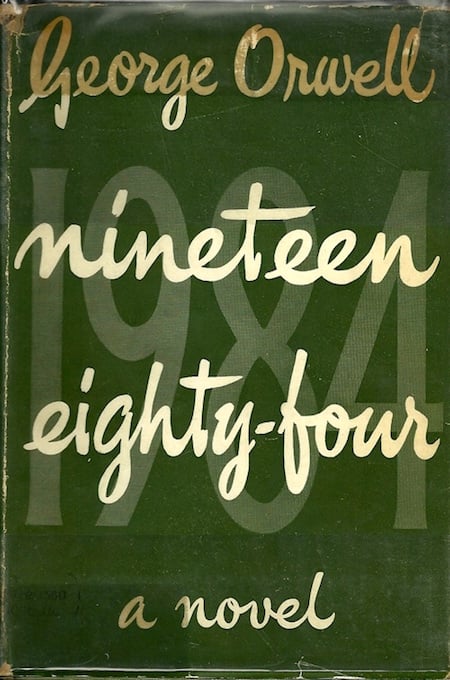
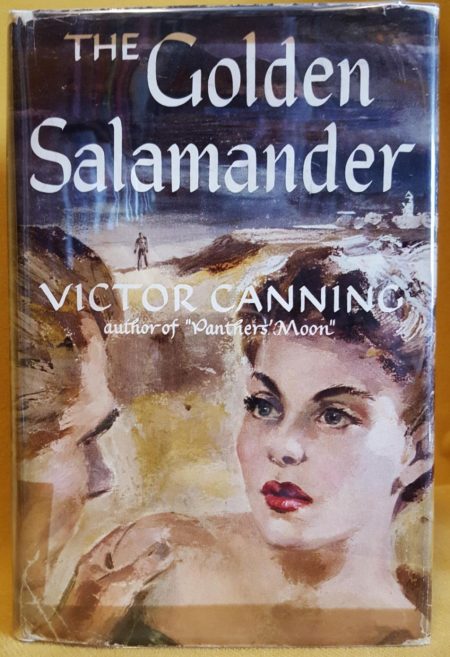
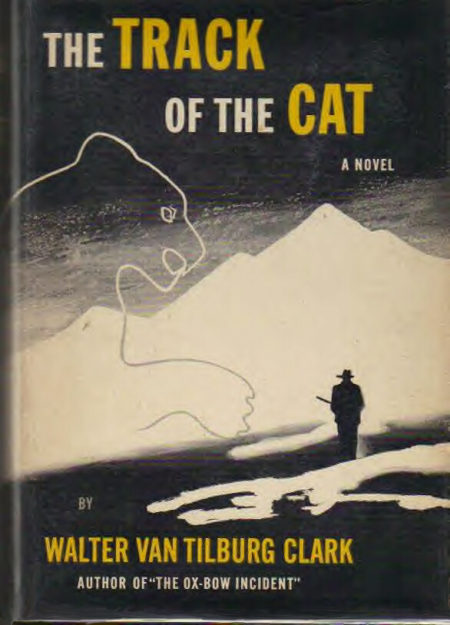
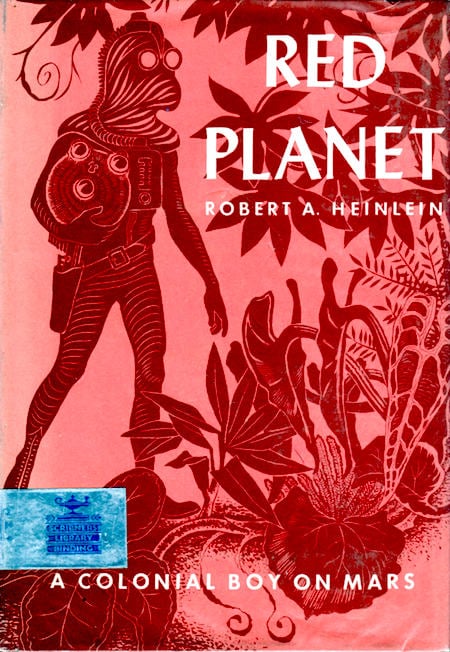
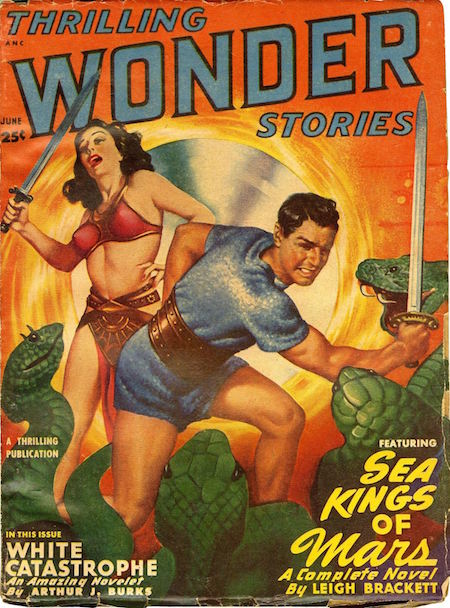
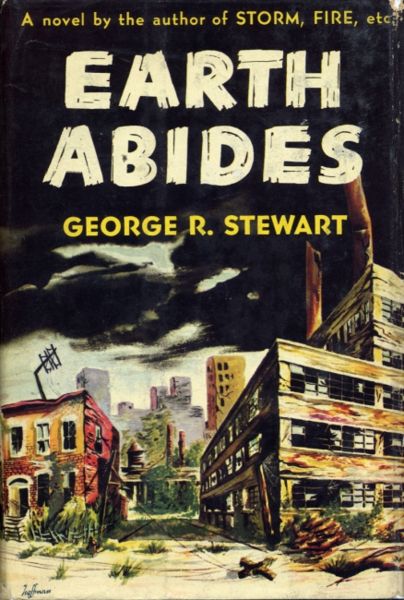
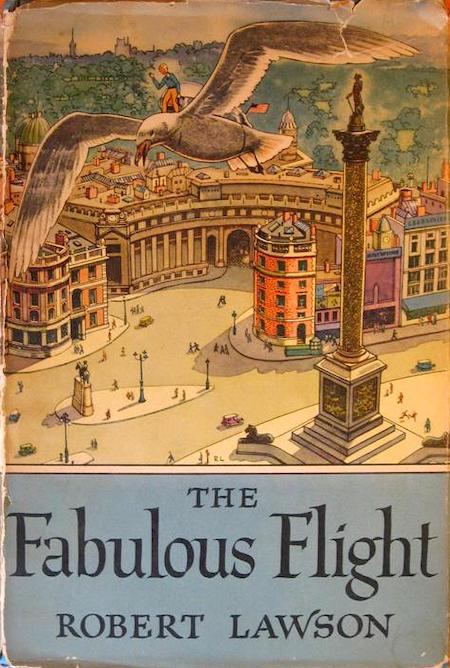
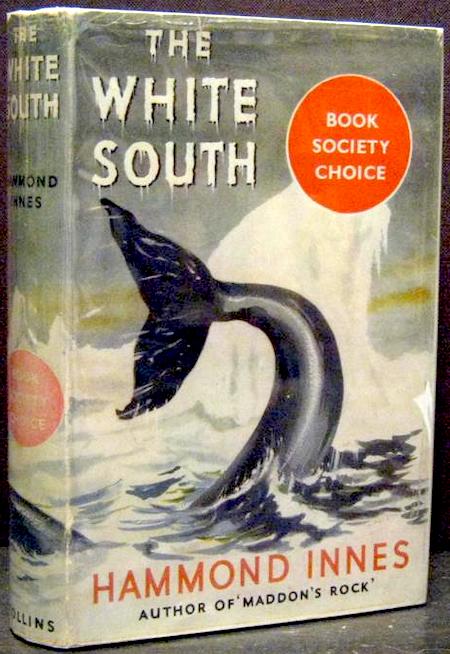
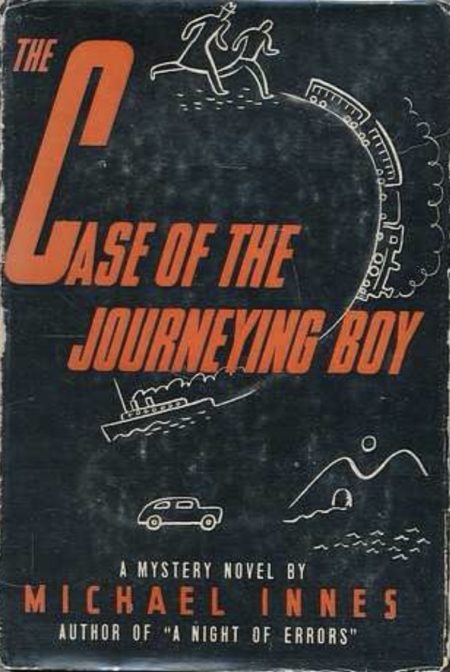
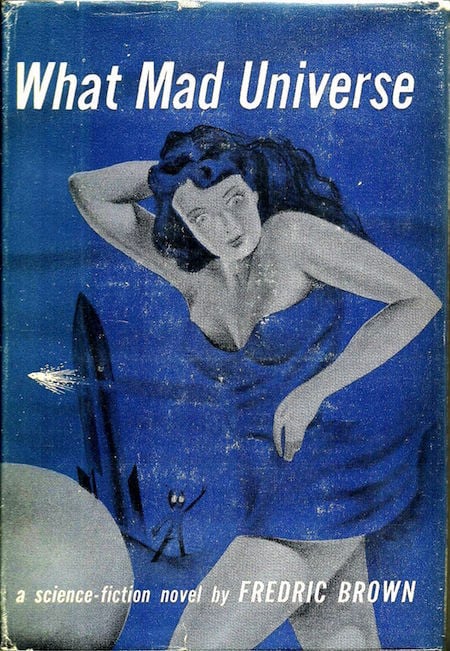
JOSH GLENN’S *BEST ADVENTURES* LISTS: BEST 250 ADVENTURES OF THE 20TH CENTURY | 100 BEST OUGHTS ADVENTURES | 100 BEST RADIUM AGE (PROTO-)SCI-FI ADVENTURES | 100 BEST TEENS ADVENTURES | 100 BEST TWENTIES ADVENTURES | 100 BEST THIRTIES ADVENTURES | 75 BEST GOLDEN AGE SCI-FI ADVENTURES | 100 BEST FORTIES ADVENTURES | 100 BEST FIFTIES ADVENTURES | 100 BEST SIXTIES ADVENTURES | 75 BEST NEW WAVE SCI FI ADVENTURES | 100 BEST SEVENTIES ADVENTURES | 100 BEST EIGHTIES ADVENTURES | 75 BEST DIAMOND AGE SCI-FI ADVENTURES | 100 BEST NINETIES ADVENTURES (in progress) | 1994 | 1995 | 1996 | 1997 | 1998 | 1999 | 2000 | 2001 | 2002 | 2003 | NOTES ON 21st-CENTURY ADVENTURES.
